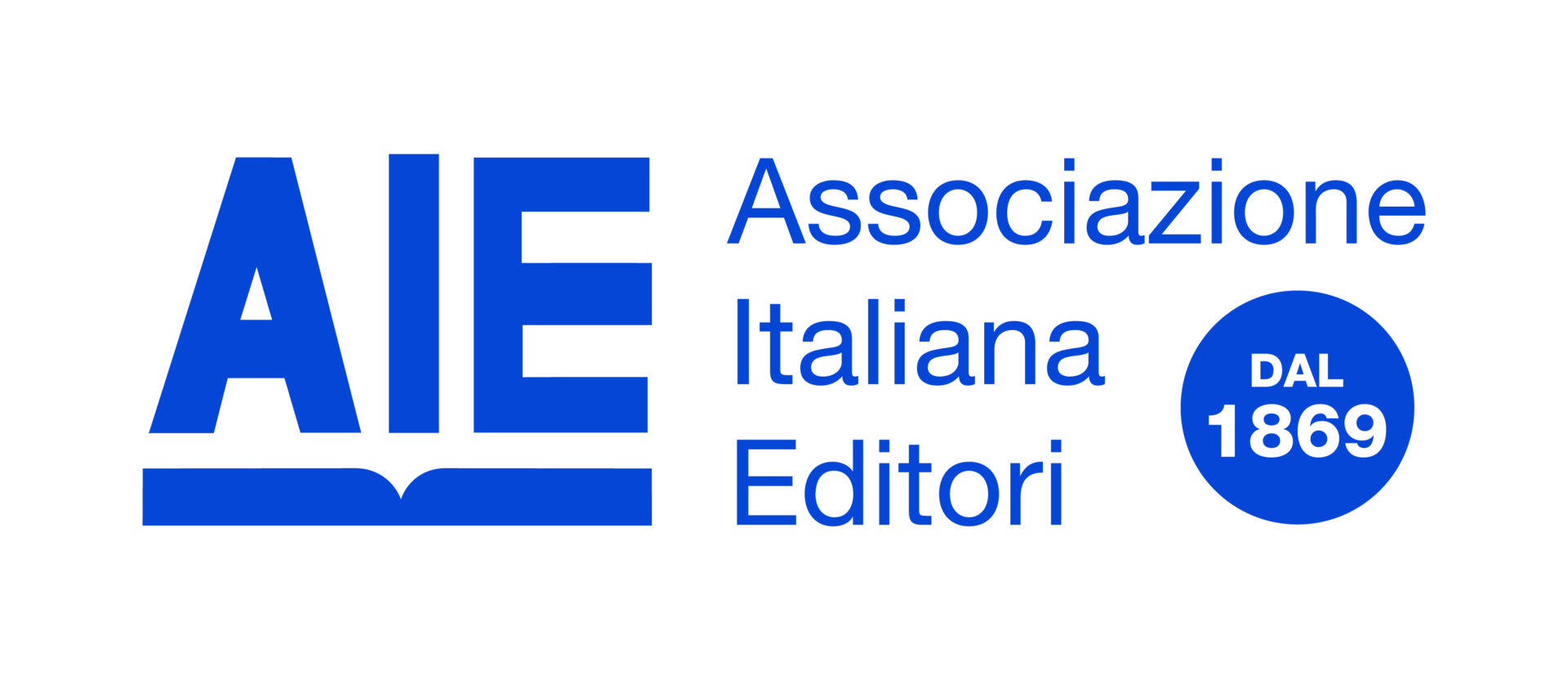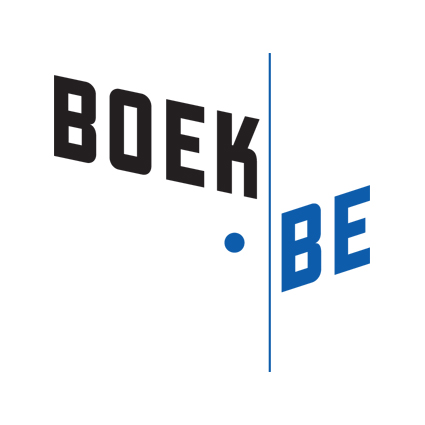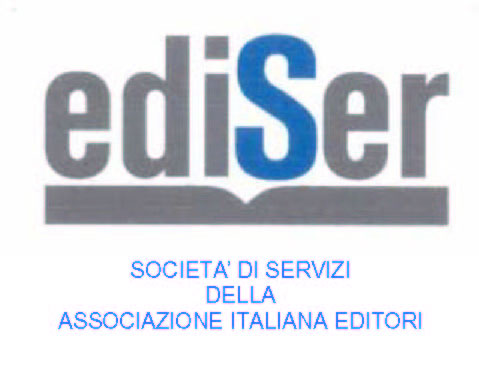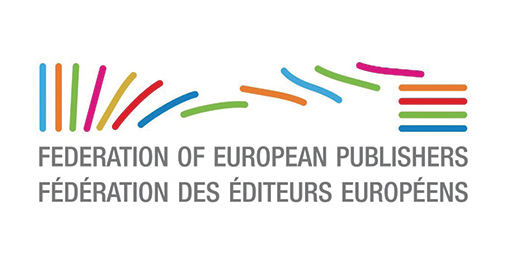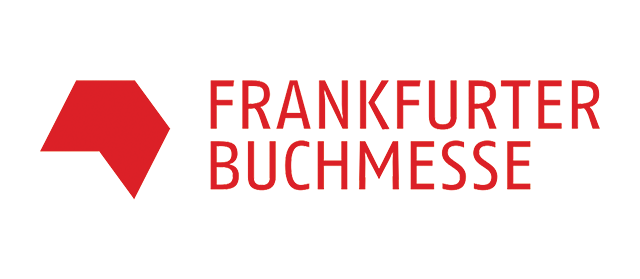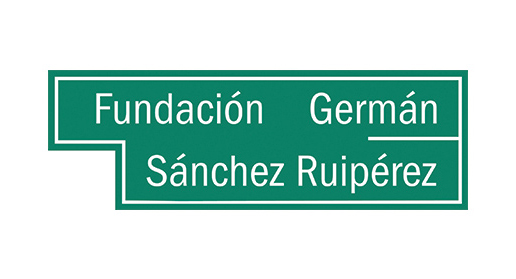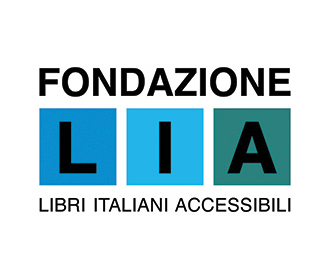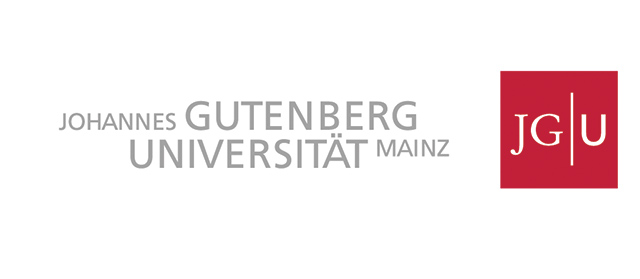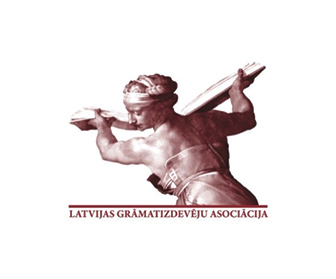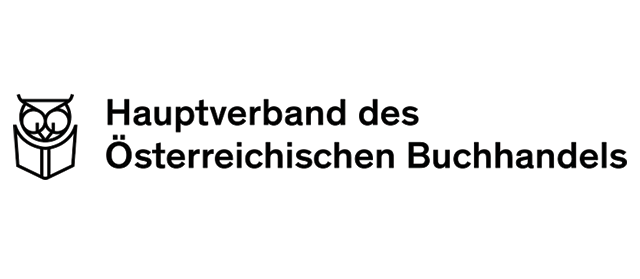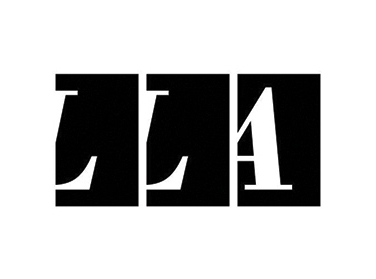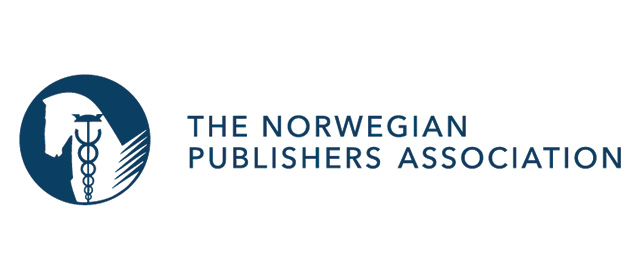The backlist drives the market: Italian publishing asks itself questions about the boom in trade publishing sales in the first nine months of the year (+29% on 2020, which had already been a very positive year) and finds an answer in the strength of the long tail, in the ability of the web to multiply interest in books by generating a wide-spectrum demand for a large number of titles which, thanks also to e-commerce, are more easy for readers to find today compared to yesterday.
There is almost unanimous agreement about this between small and big publishers, whose representatives spoke at the Turin International Book Fair during the market data presentation convention, an AIE event organised in collaboration with the European book fair network Aldus Up, co- funded by Creative Europe programme.
The figures, first and foremost: having registered 29% growth in the first nine months on 2020 and 16% on 2019 (cover value), Italian trade publishing could close the year with growth of between 11% and 16% on the previous year, according to AIE forecasts on NielsenIQ data. In terms of market share, bookshops have 48.2%, three percent more than 2020 but over ten less than 2019. Online bookshops account for 46.2%, large-scale retail for 5.6%.
To understand what is happening, it is necessary however to look at other data. If we look at the mix of catalogue books and new titles, we can see that the former account for 727 million in sales and the latter for 277 million. Compared to 2019, catalogue sales have grown more than new titles, at 19% against 12%. In fact, the top 50 titles only count for 6.2% of the value of total sales and for 5.5% of copies.
“We are facing the intensification – explained Enrico Selva Coddé for Mondadori Libri – of a phenomenon that started ten years ago: today we are a country with 600,000 titles per year, which was half that in 2011”. According to Selva Coddé, e-commerce has the dual role of being the channel that benefitted most from the growth in titles and, at the same time, of having created the conditions for that to happen. “Today, 98% of titles sold sell fewer than one thousand copies, the books that were published over two years ago make up half of the market”. A transformation, Selva Coddè continued to explain, that benefits large catalogues but also small publishers.
Stefano Mauri, GeMS publishing group, explained that “the internet is good for books”. And we are not so much talking about e-commerce, but more of the fact that “books are talked about much more on the internet than at the bar”. So according to Mauri, the increase in the flow of online communication, especially during the lockdown, created an environment that really favoured the spread of books by word-of-mouth. Word-of-mouth that publishers and the publishing supply chain in general have stimulated and multiplied by shifting a lot of resources to online promotion, with thousands of special events. In this case too, we are not facing anything new, but “a trend towards digital that is as if it suddenly sped 4-5 years ahead”.
This acceleration, added Vittorio Anastasia, at the helm of Ediciclo publishing house, “benefitted mainly us small publishers for which the catalogue is still important” but, at the same time, poses very pressing challenges. “There is clearly the need – explained Anastasia – for more and more accurate metadata so that all titles can be found and thus purchased online”. From this viewpoint, Anastasia notes how the search for a book title online, today, in 90% of cases leads to “the site of the leading e-commerce operator while I would like to it if a large database could be created, perhaps through a public platform, where the reader can find all the information about all books for sale” without going through Amazon.
Isabella Ferretti, head of 66thand2nd, another small Italian publishing house, then added how “the shift in the discussion about books to the internet has also had the positive effect of reaching the digital natives more easily”, an age-group on the population that perhaps found it difficult to follow the communication flow that passed (and passes) through Sunday newspaper supplements, review pages and even television programmes. How true this is can be seen – concluded Ferretti – in the growth in the market segments closest to young people’s sensibilities, for example civil rights, or sports literature, which witnessed a peak during the Olympic Games. But one could also mention, in other fields, the fiction and non-fiction related to the subject of the environment and to the climate crisis, some of the most talked-about themes at the Turin Book Fair this year.
 By
By 



